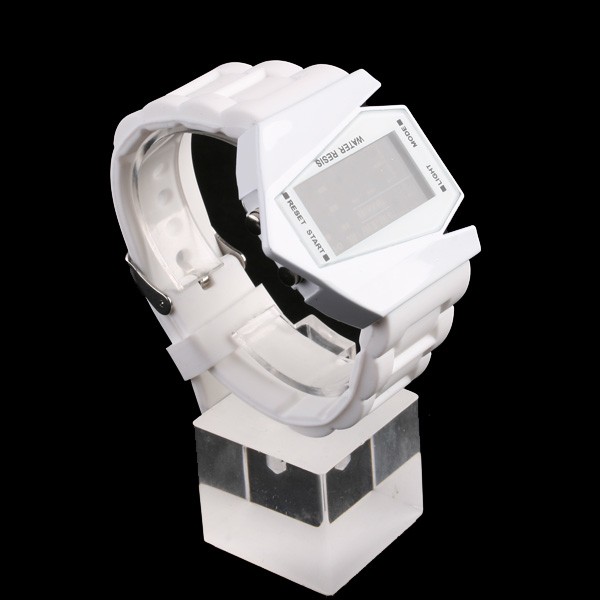You might notice that in the market, the LED light bulb is taking the position of fluorescent lamp (CFL) which was quite popular in the past few years. It happens for reasons and in the near future, the LED light bulb will play a more important role in our daily life. Because of their many advantages over traditional incandescent and fluorescent light bulbs,long service life, economic friendly, energy saving etc.
Since there are many LED light bulb in the market, to learn some useful tips will make you is necessary. Selecting and LED lights requires buyers to learn new terminology and take into consideration factors that they don’t have to think about when buying traditional types of lighting. The purpose of this brief article is to provides some basic background and purchasing considerations for first-time buyers of LED replacement lights.
The cost of LED light bulb. While the initial cost per LED light bulb is still high, the total lifetime cost of an LED light bulb is actually lower than that of equivalent incandescent and CFL bulbs. Taking into consideration energy costs as well as time and resources required to replace incandescent and CFL bulbs, an LED bulb that lasts 80,000 hours has a much lower lifetime cost. Meanwhile, the LED light bulb can saving 90% electricity energy.

A lumen is a measure of brightness. When comparing LED light bulbs, you need to understand lumens. The lumen is a standard unit you can use to compare LED light bulbs to standard bulbs, such as incandescents and halogens. Roughly, Lumen quantity is important, but maybe more important is lumen quality, i.e., luminous efficacy (lumen/Watt). Today’s quality LEDs have a luminous efficacy between 60-70 lumens/watt.
Color temperature and beam spread are the other key tools for comparing LED lights. Both color temperature and beam spread are measured in degrees. Color temperature refers to the color of the light emitted. In general, 3000 Kelvin is warm white (closer to infrared light) and 5000 Kelvin is cool white (closer to ultraviolet light). Cool white is brighter because it is the natural color of LED light, whereas chips that emit a warm white light require a phosphorous “filter” to “warm” the color temperature, thus reducing the chip’s brightness. Beam spread is the angle of the light that is being emitted. The lower the number, the more like a “spot” the light is.

LED light bulbs can’t be dimmed with traditional dimmers. LEDs require constant current to operate. Because of this, if a standard dimming method is applied, it will flicker at regular intervals, or worse, simply not work. In order to dim an LED light, a 0-10V dimming module is required in order to “trick” the LED into emitting less light. In theory, all LED lights are dimmable with this module.
To learn more about LED light bulbs and other lightings, please visit: http://www.tomtop.com/
Deal Center……………..http://coupon.tomtop.com
Discuss/Earn Points…..http://forums.tomtop.com
Friend US……………..http://facebook.tomtop.com
Follow US…………………http://twitter.tomtop.com

When I originally left a comment I clicked on the Notify me when new comments are added checkbox and now each and every time a comment is added I receive 4 emails with the identical comment.